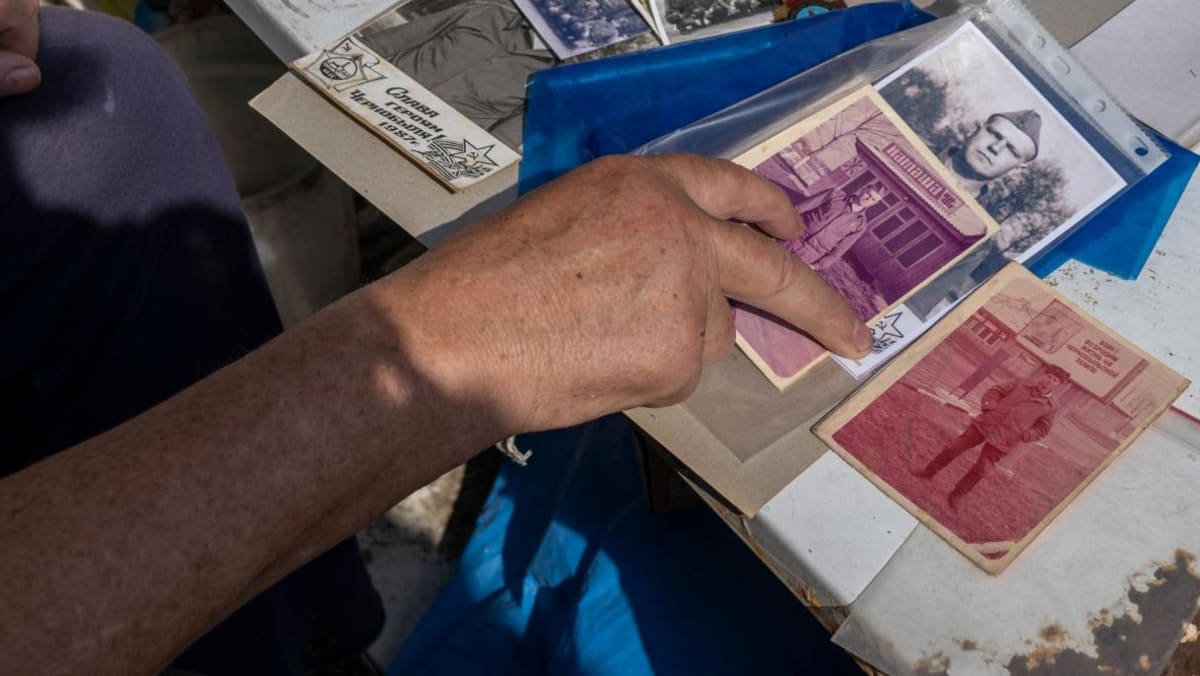Ukraine nuclear plant standoff stirs Chernobyl memories
IN “THE ZONE”
Ukraine remains deeply scarred by the 1986 Chernobyl nuclear catastrophe, when a Soviet-era reactor exploded and streamed radiation into the atmosphere in the country’s north.
Russia captured the site when it began its large-scale invasion of Ukraine in late February, stirring safety fears, but it was abandoned within weeks when Moscow failed to take Kyiv.
The Zaporizhzhia nuclear power plant in southern Ukraine was also occupied in the early days of the war but it has remained in Russian hands ever since.
Ukraine says enemy troops are launching attacks from the facility – Europe’s largest – and its own military cannot return fire.
The escalating situation brings dark echoes from the past for those with close links to Chernobyl.
Anastasiya’s husband Viktor worked as one of the 600,000 “liquidators”, tasked with painstakingly decontaminating the “Chernobyl exclusion zone”, where high radiation levels forced civilian evacuations.
The official death toll of Chernobyl remains just 31, however that figure is hotly contested with some estimating that thousands of liquidators may have suffered fatal doses of the invisible rays.
Viktor drove a truck in “the zone” for a total of 18 days. A gold service ribbon awarded by the Ukraine Chernobyl Union shows atoms swirling around the “bell of Chernobyl”, a symbol which has become a ringing reminder of the event.
A brittle document from Ukraine’s defence ministry archives certifies Viktor’s work and the dose of radiation he absorbed – 24.80 roentgen.
“When I see my husband’s papers, I feel pain,” explained Anastasiya. “Many people died or were permanently injured.”
“When the Zaporizhzhia plant is being shelled we can see it quite well,” she added. “People are rumouring that there is something leaking, but they avoid publicly admitting it.”
LIVING LIQUIDATORS
Vasyl Davydov says there are three “liquidators” still living in the village of Vyschetarasivka, a bucolic collection of garden-fringed bungalows with a hazy view of the Zaporizhzhia plant’s six reactors and twin cooling towers.
He is one of them. He spent three and a half months working on Chernobyl decontamination, with 102 trips to “the zone” operating a crackling dosimeter to measure levels of radiation and razing tainted homes to the ground.
For all the latest world News Click Here

